Series Engaging All Students in Common Core Math: How Tall is the Flagpole?
Math.Practice.MP5
| Common core State Standards
- Math: Math
- Practice: Mathematical Practice Standards
-
MP5: Use appropriate tools strategically.
Mathematically proficient students start by explaining to themselves the meaning of a problem and looking for entry points to its solution. They analyze givens, constraints, relationships, and goals. They make conjectures about the form and meaning of the solution and plan a solution pathway rather than simply jumping into a solution attempt. They consider analogous problems, and try special cases and simpler forms of the original problem in order to gain insight into its solution. They monitor and evaluate their progress and change course if necessary. Older students might, depending on the context of the problem, transform algebraic expressions or change the viewing window on their graphing calculator to get the information they need. Mathematically proficient students can explain correspondences between equations, verbal descriptions, tables, and graphs or draw diagrams of important features and relationships, graph data, and search for regularity or trends. Younger students might rely on using concrete objects or pictures to help conceptualize and solve a problem. Mathematically proficient students check their answers to problems using a different method, and they continually ask themselves, \"Does this make sense?\" They can understand the approaches of others to solving complex problems and identify correspondences between different approaches.
Math.Practice.MP4
Common core State Standards
- Math: Math
- Practice: Mathematical Practice Standards
-
MP4: Model with mathematics.
Mathematically proficient students can apply the mathematics they know to solve problems arising in everyday life, society, and the workplace. In early grades, this might be as simple as writing an addition equation to describe a situation. In middle grades, a student might apply proportional reasoning to plan a school event or analyze a problem in the community. By high school, a student might use geometry to solve a design problem or use a function to describe how one quantity of interest depends on another. Mathematically proficient students who can apply what they know are comfortable making assumptions and approximations to simplify a complicated situation, realizing that these may need revision later. They are able to identify important quantities in a practical situation and map their relationships using such tools as diagrams, two-way tables, graphs, flowcharts and formulas. They can analyze those relationships mathematically to draw conclusions. They routinely interpret their mathematical results in the context of the situation and reflect on whether the results make sense, possibly improving the model if it has not served its purpose.
Save to My Resources
PLEASE CREATE A NEW ACCOUNT OR LOG IN TO ACCESS THIS CONTENT
Enjoy your first video for free. Subscribe for unlimited access.
Have questions about subscribing?
Click Here to learn more about individual subscriptions.
Click Here to learn more about School and Institution access.
Discussion and Supporting Materials
Thought starters
- How does Mr. Pack assess and further his students' knowledge of similarity criteria?
- Why did Mr. Pack have students measure in meters?
- How does Mr. Pack monitor and respond to students' learning needs?
School Details
Tahlequah High School591 Pendleton Street
Tahlequah OK 74464
Population: 1238
Data Provided By:

Teachers
Chuck Pack
Newest
|
4 MIN
|
5 MIN
|
5 MIN
UNCUT CLASSROOMS
| TCHERS' VOICE
English Language Arts
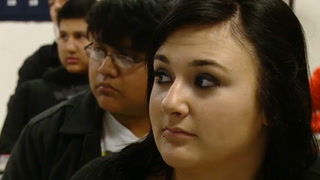
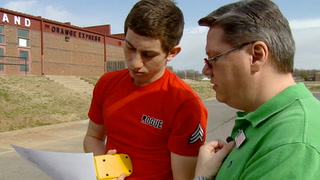
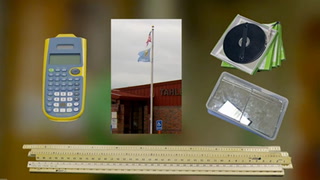
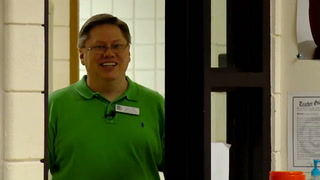
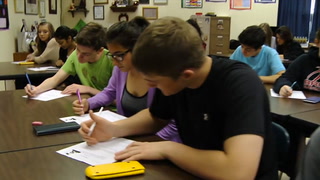









10 Comments
Katherine Chapp Mar 6, 2018 10:32am
Shelly Mittrick May 19, 2017 9:47pm
lynn hoang Aug 18, 2016 11:00pm
Robert Leabo Jun 28, 2016 2:19pm
Mahesh Nair Oct 5, 2015 4:56am